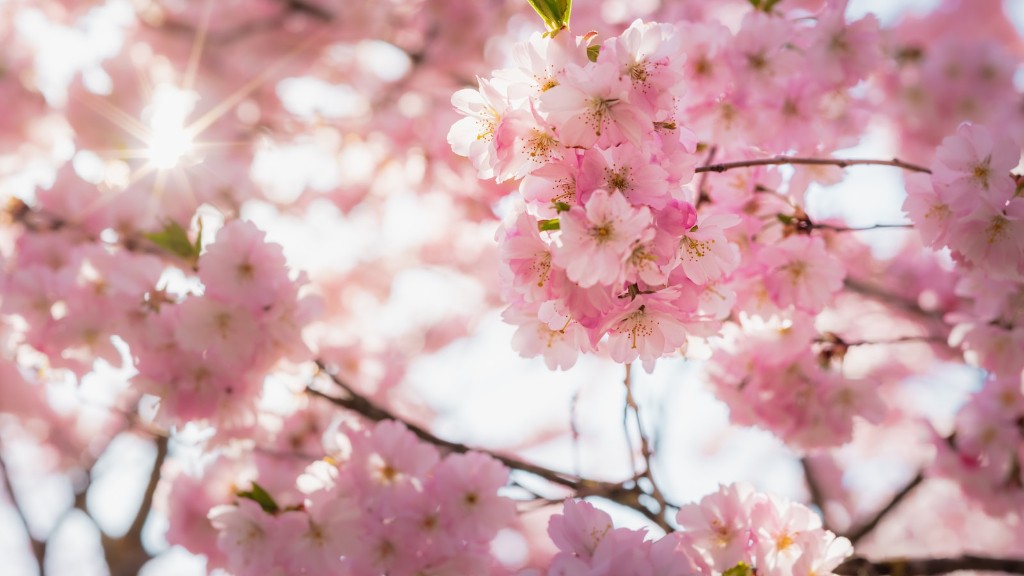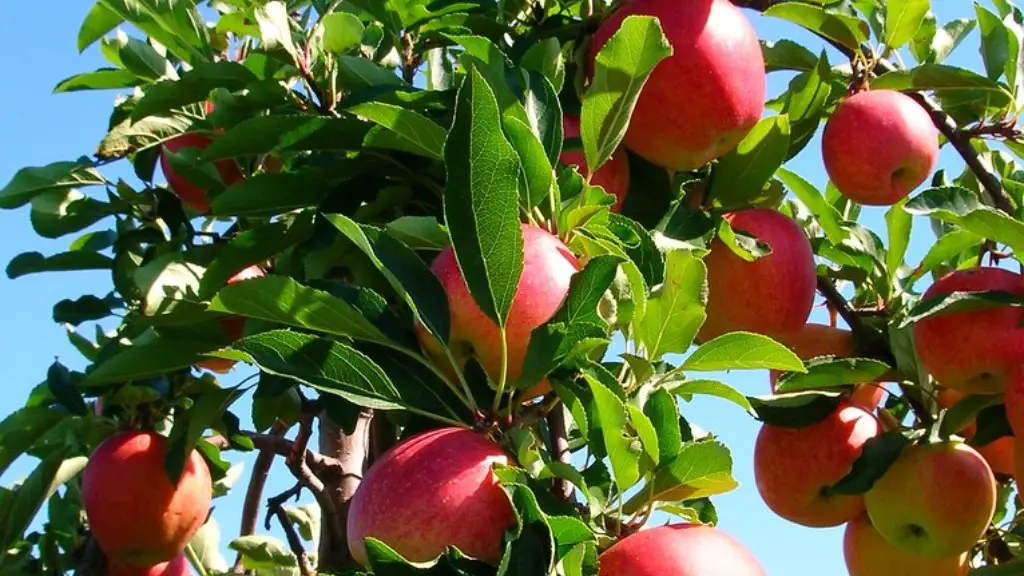How to Cure Lemon Tree Disease
Lemon trees are a popular plant variety with many gardeners opting to keep one in their outdoor space. Unfortunately, like all plants, lemon trees can be susceptible to diseases, which can impact the health and productivity of said tree.
The first step in curing a lemon tree’s disease is to diagnose the issue. This includes examining the leaves, stems and roots of the tree for any signs of infection, such as discoloration or wilting. Once any potential signs are identified, a professional should be consulted to assist with finding the root cause of the disease.
In many cases, treating a disease-infected lemon tree can be done by simply providing it with the right environment and nutrition. This may include things like providing plenty of water and sunlight, as well as avoiding over-fertilization. If these measures are not sufficient, then a fungicide may be necessary to reduce the severity of the disease or prevent it from spreading.
A common disease in lemon trees is bacterial canker, which is caused by a bacteria called Xanthomonas citri. This can cause the tree’s leaves and stems to become discolored, as well as cause bleeding lesions in the bark. To treat this, an appropriate fungicide should be applied to the affected area and the tree should be monitored for any additional signs of infection.
Another disease that can affect lemon trees is powdery mildew. This is caused by a fungus, and it will result in white, powdery spots on the leaves of the tree. To treat it, a fungicide should be sprayed onto the infected area and the tree should be monitored to ensure the disease does not spread.
Lastly, another disease that can affect lemon trees is root rot, which is caused by a fungus. To treat this, the infected area should be cleared away and the tree should be treated with a fungicide. Additionally, the soil around the tree should be amended to improve drainage and prevent it from becoming waterlogged.
Preventive Measures
There are a few preventive measures that can be taken to protect lemon trees from becoming infected by disease. Firstly, proper care of the tree should be maintained, including providing it with enough water and sunlight, as well as avoiding over-fertilization. Additionally, the tree should be monitored for any symptoms of diseases, such as discoloration or wilting, and any potentially affected areas should be treated early to prevent the spread.
It is also important to ensure that the soil around the tree is amended for suitable drainage and that the tree has enough air circulation, as this helps to prevent disease from forming. Additionally, any debris around the base of the tree should be cleared away, as this can harbor fungal spores which can cause infections.
Finally, a good way to reduce the risk of infection is to select disease-resistant varieties of lemon trees. These types of trees have a lower chance of becoming infected by disease than other varieties, so it is worth doing research to select the best type for your environment.
Pest Prevention
Another important preventive measure to take when growing lemon trees is pest prevention. This includes identifying any pests that may be present in the area and taking appropriate steps to control them. Common pests that attack lemon trees include aphids, scales, and whiteflies and can cause significant damage if left untreated.
In order to prevent these pests from establishing on a lemon tree, the tree should be monitored regularly and any pests noticed should be treated right away. Additionally, some organic pesticides may be used to prevent the pest population from increasing. These include neem oil, horticultural oil, and insecticidal soap.
It is also a good idea to avoid the use of harsh chemicals, as these can be damaging to both the tree and the environment. If a solution is necessary, natural pesticides such as garlic spray or cayenne pepper solution can be used to repel the pests.
Similarly, encouraging beneficial insects such as ladybugs and lacewings can be a great way to reduce the number of pests present. These insects feed on common pests and help to keep their populations in check, without the need for chemical intervention.
Pruning and Maintenance
Regular pruning of a lemon tree is also necessary for keeping it healthy and free from disease. Cleaning up any dead or diseased branches as soon as they are noticed can help to reduce the spread of disease. Branches should also be trimmed back to promote proper growth and to allow more airflow to the tree, as this helps to keep it aerated and will reduce the chances of diseases forming.
It is also important to ensure that the soil around the tree is well drained, as this will help to avoid root rot and other fungal infections. If the soil becomes waterlogged, then it is a good idea to replant the tree in an area with more suitable drainage.
It is also beneficial to mulch around the base of the tree, as this helps to retain moisture, reduce weed competition, protect the root system from extreme temperatures, and will reduce the chances of disease forming in the soil. In addition, regular fertilizer should be applied as this will help to promote proper growth and health.
Signs of Troubles
Knowing the signs of trouble in a lemon tree is also an important part of preventing disease. Common symptoms include discoloration, wilting, and the presence of any pests or disease. These should be monitored for and addressed quickly in order to reduce the risk of the tree becoming diseased.
If a lemon tree does become diseased, it is important to act quickly and diagnose the cause of the problem. After this is established, the appropriate steps should be taken to treat it, such as providing the tree with the ideal environment and nutrition, or applying a fungicide to reduce the severity of the disease.
In addition, preventive measures, such as selecting a disease-resistant variety, encouraging beneficial insects, and regularly pruning and maintaining the tree, can significantly reduce the chances of the tree becoming diseased.




